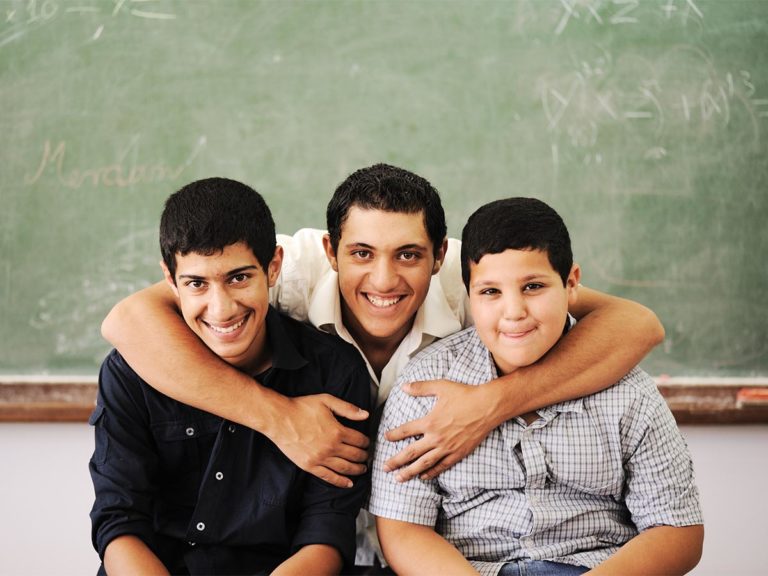This time of year elementary schools start thinking about and planning next year’s schedules and staffing assignments. For most schools, the choice arises among three options: self-contained classes, platooning, and looping. A key consideration that’ll drive this decision is which model best serves the students. Fortunately, a growing body of research helps clarify the learning implications of these decision options.
But first, some definitions. The self-contained classroom, the dominate model for generations, has one primary teacher responsible for core instruction and learning for a defined group of students for a single year. Platooning retains a defined group of students, but instruction and responsibility for learning in core subjects are shared among a group of teachers, each of whom is responsible for a portion of the curriculum, such as math, English language arts, etc. Teachers rotate among the classes at a specific grade level either by going from room to room, or by having students come to them. In looping, students have one primary teacher for core subjects, and they remain with the teacher for more than a single year.
From a research and experience perspective, self-contained classrooms provide opportunities to form strong relationships between students and teachers, but many teachers have a stronger background and better instructional skills in some subjects than others. Consequently, instructional focus and student learning can vary across subjects. Platooning addresses the potential for instruction in each core subject to be of higher quality and delivered by a teacher with a higher level of commitment to the subject. But this risks sacrificing the close relationships that typically develop in a self-contained classroom. Looping supports even stronger relationships between students and teachers as the relationship spans a longer time. However, like self-contained classrooms, uneven preparation and instructional skills impact learning.
So, how can we sort for the best option? Multiple studies show platooning doesn’t result in better academic achievement as measured by standardized tests. In fact, past multiple studies highlight decreased scores in reading and math when specialists deliver instruction. Equally concerning, the number of student absences and suspensions grew. Sadly, the negative impact was greatest for the most vulnerable students, including students with special needs.
Students in self-contained classrooms perform better than matched students in platooned classes despite concerns about uneven teacher preparation and skills. The factor driving the difference is the crucial role of the relationship between students and teachers in early grades. Also, the knowledge teachers have about individual students allows them to respond to students’ unique learning needs.
Meanwhile, studies show that students in looping classrooms do better than students in either self-contained or platooning classes. Again, this additional time students and teachers spend together leads to strong relationships, a key differentiator. Further, the additional time allows teachers to tailor instruction and support for students with distinctive learning needs. Interestingly, a variation on looping multi-age classes offers different grade level students greater benefits. It allows teachers flexibility to teach content as students are ready, as opposed to limitations of a tight, grade level curriculum.
Admittedly, many factors go into decisions about scheduling and teacher assignments. However, evidence shows that placing relationships at the center is a crucial consideration to make for our youngest learners.
Takeaways:
For young learners, the presence of strong, positive relationships with their teachers has a greater influence on learning than teacher expertise alone.
Investing in teacher expertise across subjects in elementary grades offers a better return than having teachers teach in their strongest curricular area.
Vulnerable students need a combination of strong relationships. A teacher who knows them well is able to respond to their individual learning needs.
For middle and high school students, multi-disciplinary teaching teams that work closely together provide important support and shared knowledge about student needs, despite exposure to multiple teachers each day.
Through our experience with and the ongoing research on platooning, looping, and self-contained classes, we strive to distill the best learning methods and strategies for our students.



